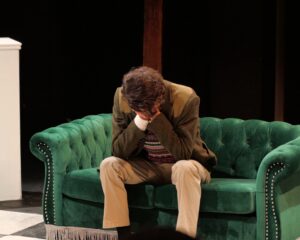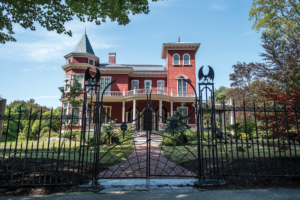Spring is a time of rebirth and revival. The ancient Babylonians, Greeks and numerous other inhabitants of early civilizations planned their celebrations and rituals to coincide with the changes in season. Moon cycles, called solstices, occur twice a year. Marked by the longest and shortest days, solstices occur when the sun reaches its greatest distance from the celestial equator. Another important observation of a lunar calendar are equinoxes or “equal night” translated from Latin. Also occurring two times a year, an equinox marks the time when the sun crosses the celestial equator, during which the day and night are of equal length. Many people still live by these markers.
The South Asian New Year celebrations corresponds to the Hindu lunar calendar Panchanga, as well as the Bengali calendar, which is a solar calendar. New Years in Bangladesh, Bhutan, India, Nepal, Maldives, Pakistan and Sri Lanka coincide with each other, generally falling on April 13 or April 14. For people of these countries, the New Year marks the beginning of the agricultural season and spring revival. The way people celebrate this holiday depend on their family traditions, but generally, people wear their traditional attire, prepare a lot of food and visit their family members.
“For some, this is a major thing. For some, it is not,” Tamanna Ramesh, secretary of the University of Maine’s South Asian Association of Maine (SAAM), said. “This is not a big celebration in my family, but it is still a very special day when families get together and have variety of meals that we eat on a banana leaf. People also worship their own gods, depending on the family and traditions,” Ramesh, who is from the southernmost Indian state of Tamil Nadu, said.
Last Saturday, April 16, SAAM celebrated the beginning of the New Year at the Wilson Center on College Avenue. Many guests and members of SAAM wore traditional clothes from their homelands and prepared various dishes, as it was a potluck-style celebration. The space was decorated with colorful scarves and materials from various South Asian countries. The Vice President of SAAM, Prateek Kunwar, gave a presentation on different yet similar New Year celebrations across South Asia, encouraging the attendees to share what kinds of similar holidays they celebrate.
Seyyed Mohammad Hashemi from Iran talked about his family’s celebration of Nowruz an Iranian New Year while Emily Cecire from Canada shared how she celebrated the New Year in Bangor. Cecire has been attending SAAM events since November of last year, when she was invited to Diwali, the Hindu celebration of light.
“SAAM is a multiethnic group of interesting, fun and kindhearted people who enjoy getting together and celebrating. I think they bring some unique perspective because of their cultural backgrounds, and there’s always delicious food,” Cecire shared.
Indeed, the food table at the New Year celebration was very popular. The line for chicken curry, spicy eggplant rice, crispy puli pitha and much more rapidly increased as more people came to Wilson Center.
“We wanted to celebrate this special moment together and this is how we like to celebrate, dress up, eat food, play games and have fun,” Ayesha Maliwal, program director of SAAM, shared.
For UMaine fourth-year student senior Haley LaGrange, this was the first SAAM event she had attended.
“This is so important for people like me, who are not familiar with all of the different cultures and customs of the world. It is important to realize that my culture is not necessarily the right culture, it is one of many,” LaGrange shared. “Establishments such as this provide an outlet of information about the world and bring light of other cultures to a place like Maine.”









